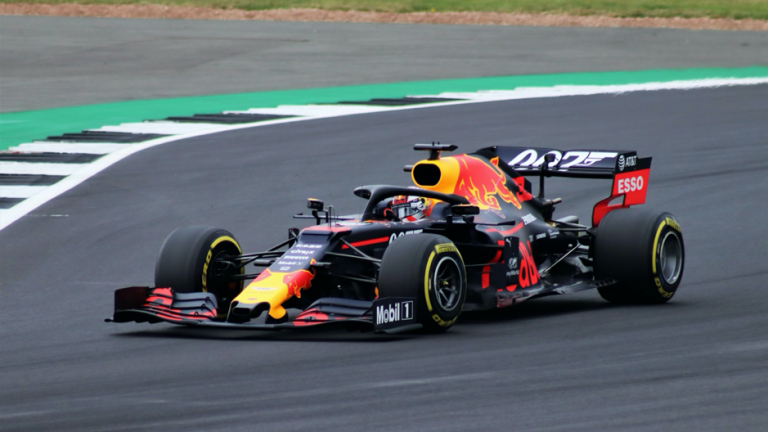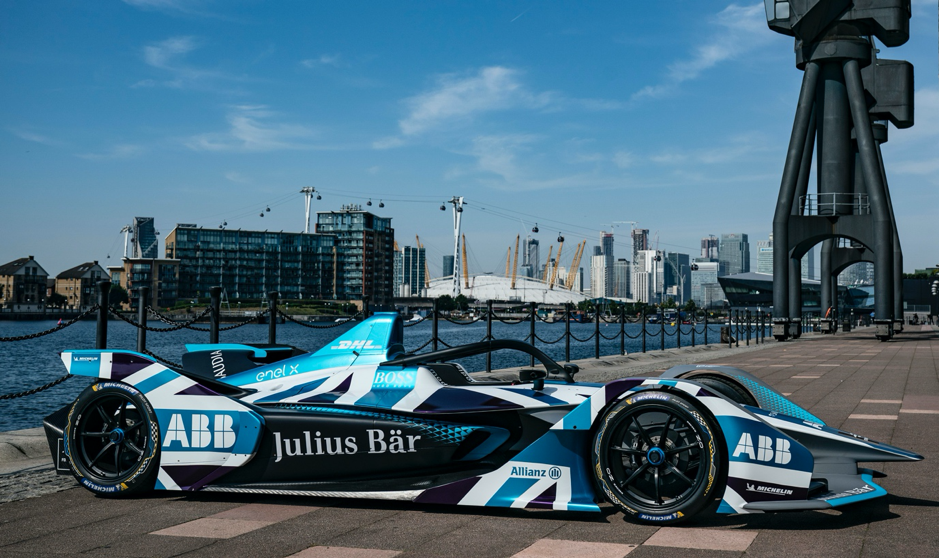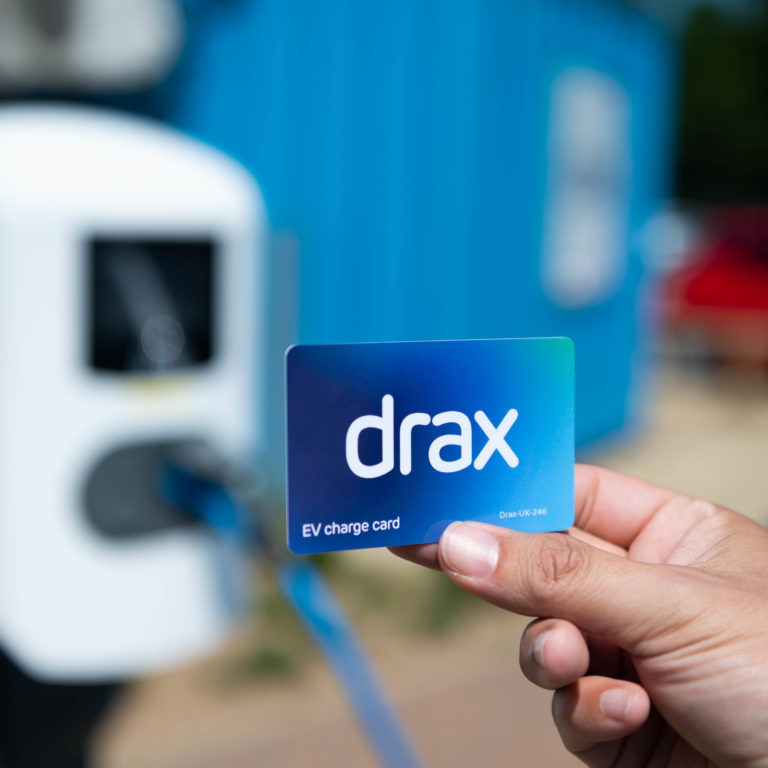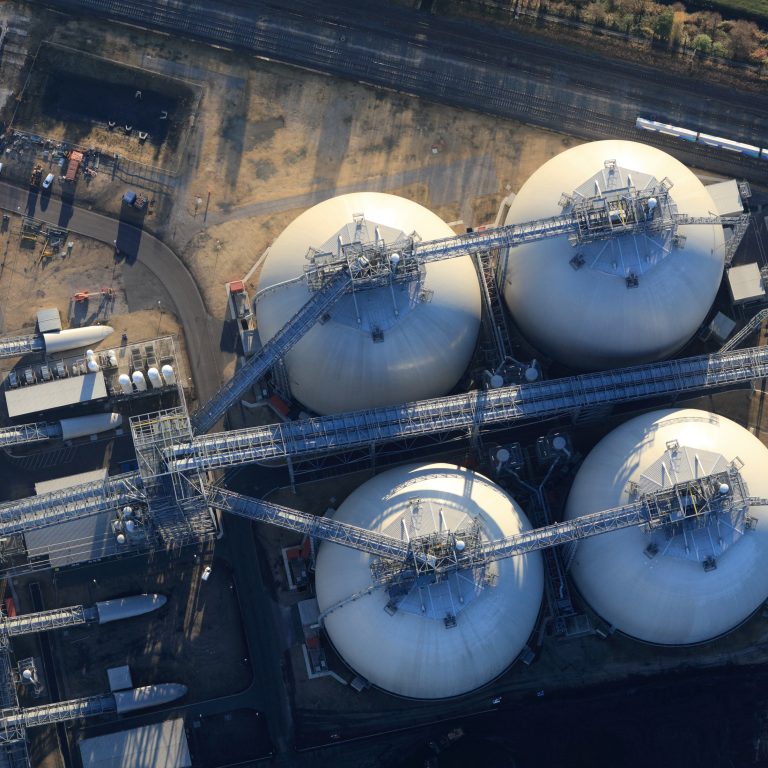On the eve of the new F1 season, the motor sport faces an existential dilemma. While the Covid-19 pandemic has inflicted huge uncertainty throughout 2020, environmental concerns continue to question its long-term viability.
The Australian Grand Prix in Melbourne has long been the curtain-raiser to eight months of gas-guzzling, decibel-deafening action on racetracks across the globe, contributing to a carbon footprint of 256,551 tonnes. Due to the season being delayed, the first race will now take place in Austria. But the focus on Australia has been sharpened by the New Year bushfires – visible evidence, say some scientists and environmentalists, of the climate crisis. This adds fuel to the fiery debate on Formula One’s perceived failure to take its environmental responsibilities seriously.

Koala bear on eucalyptus branch escaping from Australian bushfires in 2019 and 2020.
Significantly, it is not the cars doing 70 laps that generate most of F1’s emissions but the thousands of air miles covered by drivers, their teams, the media and spectators in getting to each race weekend:
| Activity | % of carbon footprint |
|---|---|
| 🚚 Logistics (road, air and sea freight) | 45% |
| 🛩 Personnel travel | 27.7% |
| 🏭 Factories and facilities | 19.3% |
| 🎤 Events | 7.3% |
| 🏎 Total F1 car emissions including all race and test mileage | 0.7% |
Carbon footprint of F1 in 2018, not including fans’ transport to races
But is a genuine shift in attitudes about to descend on the circuits of Monaco, Silverstone and Interlagos? Firstly, a raft of countries have announced plans to phase out petrol and diesel-powered engines between 2030 and 2050. This could force the hand of motorsport bosses who have long been accused of talking a good game but failing to act.
The sport recently announced a pledge to become carbon neutral by 2030 and in pursuit of this goal, it is looking to introduce two-stroke engines that run on synthetic fuel by the mid-2020s while current F1 hybrid engines will be replaced by a new specification of power unit from 2025 or 2026.

Max Verstappen, Formula One driver
Currently, under Article 19.4.4 of the FIA’s 2019 technical regulation for F1 a minimum of 5.75% of the fuel must comprise bio‐components. The sport wants to reach 100%, aiming for 10% in 2021 and a gradual subsequent increase.
Such developments could potentially seize upon the opportunities offered by companies pioneering the use of carbon capture, use and storage (CCUS), such as Drax.
One of several ideas discussed to make the sport more sustainable has been capturing carbon that is then mixed with hydrogen from water to form liquid fuel. Such technology is in development and Drax is researching how carbon dioxide (CO2) can be used to produce fuels. Its innovation engineers recently met with Velocys, the fuels technology company, which plans to produce carbon negative fuels in the Humber.
Could F1 go electric?
While greener fuels are the most obvious way forward, there have been calls for alternative forms of energy to be used to power F1 cars. A hydrogen solution could be developed quickly but it would significantly increase the bulkiness and weight of cars. But what about electric?

Formula One race car
“Electric power is attractive, but it’s currently still quite difficult to scale that up,” Pat Symonds, Chief Technical Officer at Formula One, said in an interview. “With any of the technologies on the horizon at the moment an electric truck or an electric aircraft is not a particularly feasible product. So, there is still a case for having liquid hydrocarbon fuels in trucks and in aircraft. However, what we cannot do is carry on digging those out of the ground, we’re going to have to somehow synthesise them and that’s what we want Formula 1 to explore and hopefully to lead.”
Formula E set to challenge F1 dominance
Another driver of change looming larger in Formula One’s rear-view mirror is Formula E. While this fledgling sport’s claim to quieter cars may not appeal to the most hardened of petrol-head F1 fans, its credible narrative of boosting sustainability in each of the 12 cities that host its races is always a potential attraction to new generations of increasingly climate conscious young fans.
Take Formula E’s opening race in Riyadh, Saudi Arabia, the country’s most polluted city. The sport is a beneficiary of the kingdom’s aim to reduce its reliance oil and in the last six years, the Middle Eastern country has invested over $350 billion in renewable energy projects (mainly solar and wind).

Saudi Arabia Formula E grand prix. Credit: Courtesy of Formula E
As with all electric cars, there are challenges. Excess heat produced by electric motors is offset by reducing the performance of the car when it is too hot. A series of cooling systems using radiators and fluid in closed loops regulate temperatures to a satisfactory level.
Appealing to fans is critical for the sport’s prosperity. Sustainability credentials are a key strand but Formula E is going beyond that and looking to optimise raceday experience through features such as FanBoost. This is an online voting system where the three drivers voted as fans’ favourites get a five second power boost of 100kj which can provide serious assistance when a car overtakes.
Maybe this is just one innovation that F1 could learn from its much younger counterpart? Perhaps there is also a case for taking the best of what both have to offer – the cities, the cars and the technology – and merging into a single championship. Whatever lies ahead in the future, Formula One is aware of the need to change. It must do if it is to survive.




















